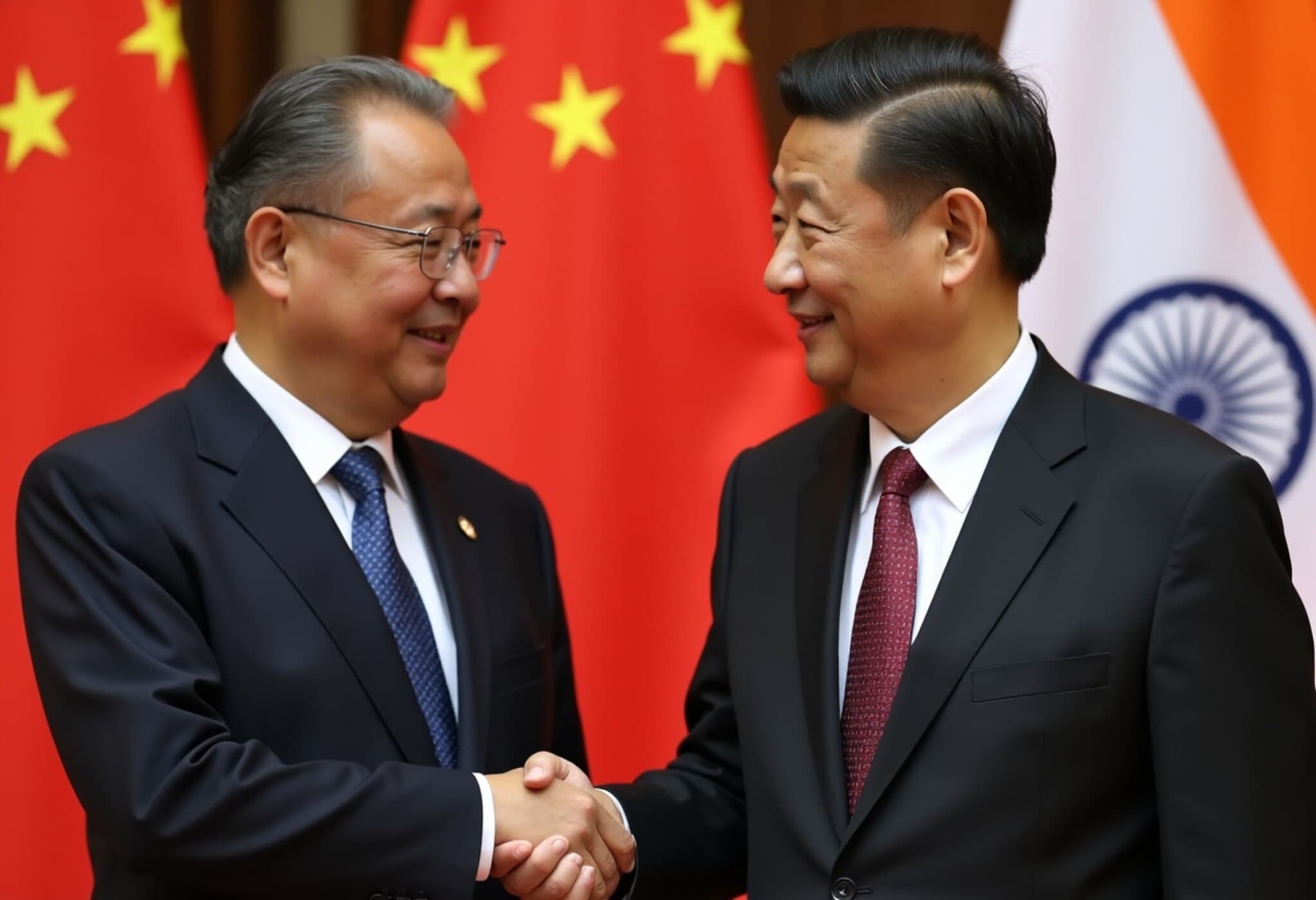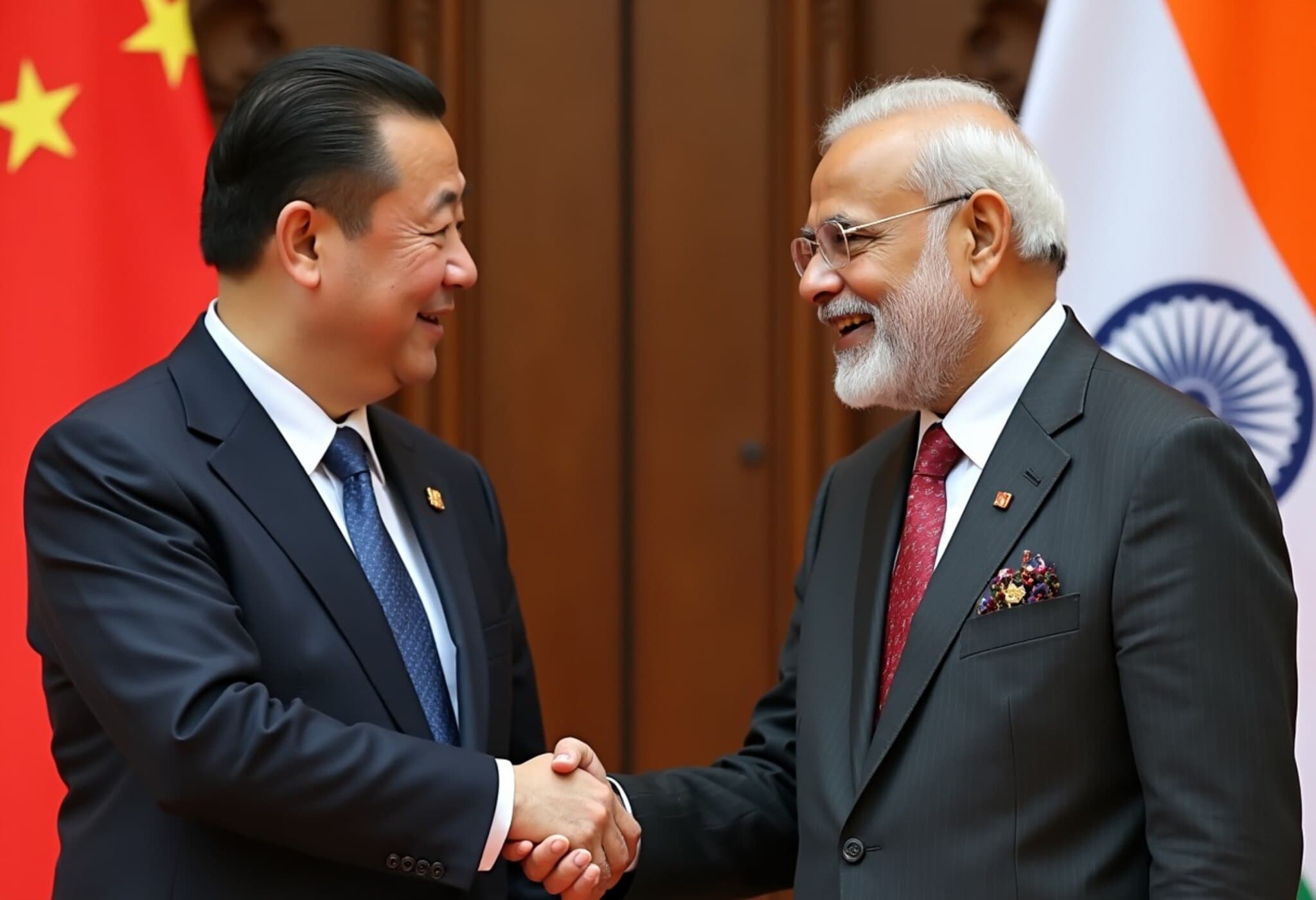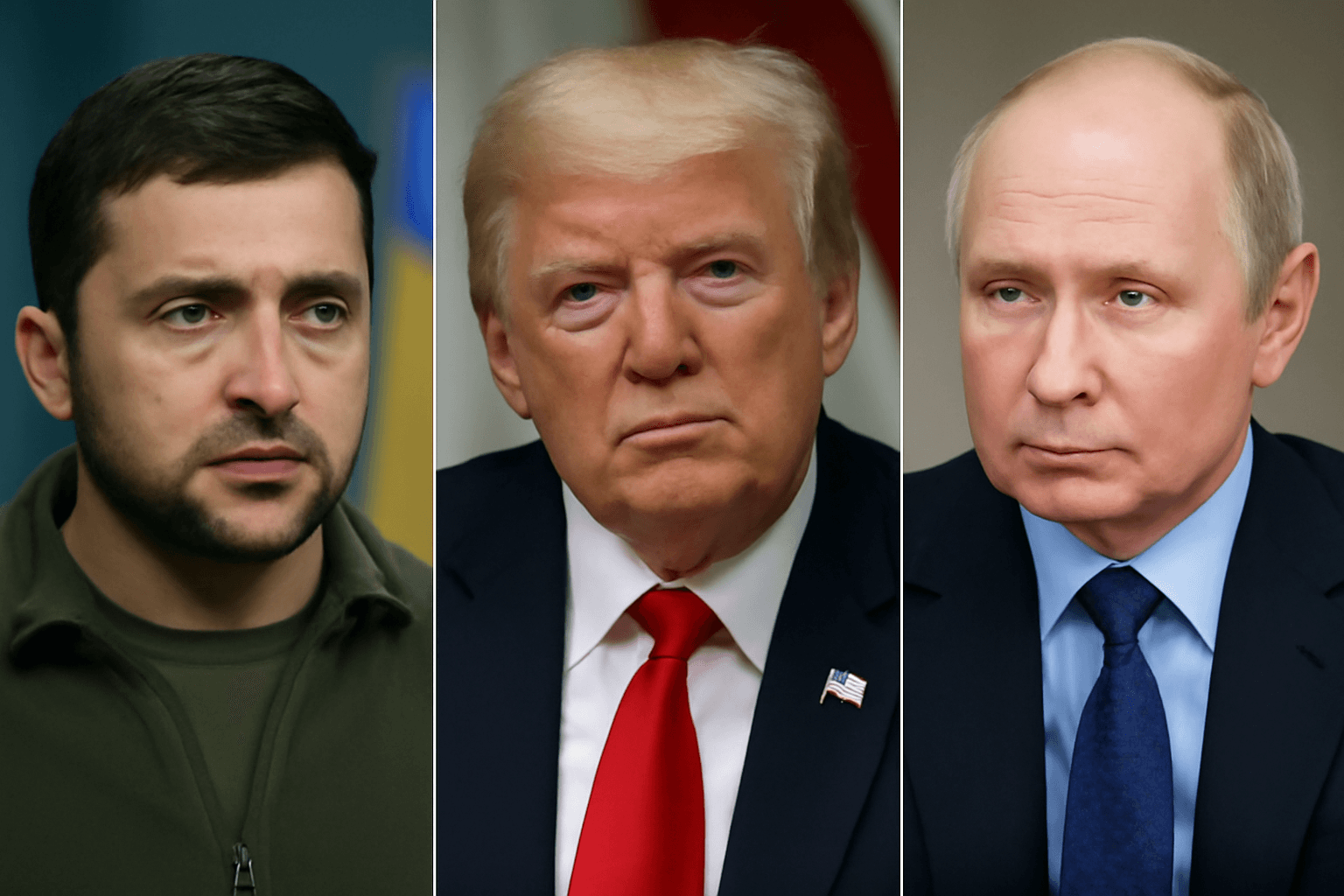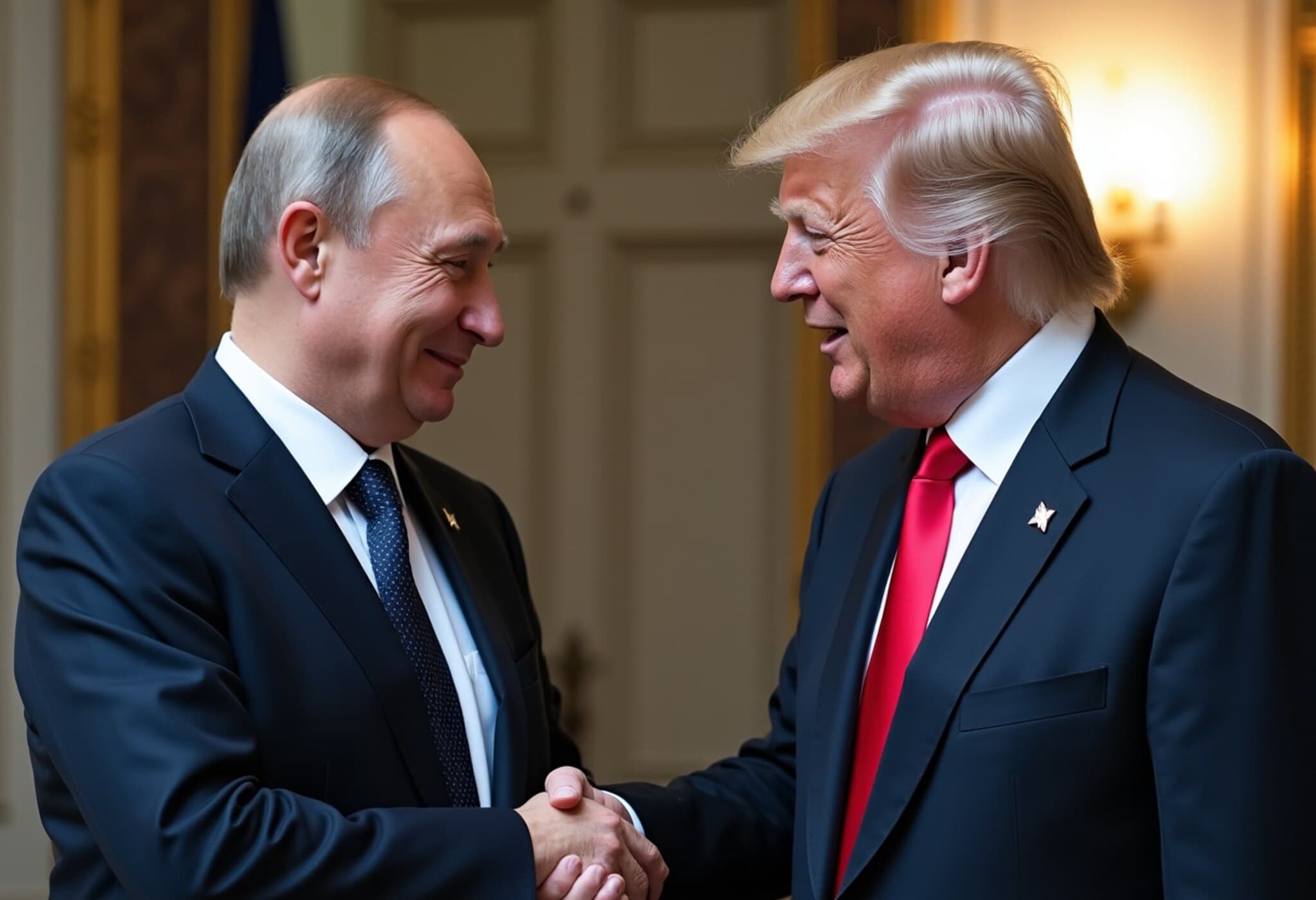India and China Move Toward Resuming Border Trade After Five Years of Tension
Nearly five years since the Galwan Valley conflict severely strained India-China relations, recent reports indicate that both nations are engaged in discussions to restart bilateral border trade. This development hints at cautious steps toward normalizing ties that have remained fraught since violent clashes occurred along the Line of Actual Control (LAC) in June 2020.
Context: The Galwan Clash and Its Aftermath
In June 2020, Indian and Chinese troops clashed violently in the Galwan Valley, triggering the deadliest clash between the two countries in over four decades. This incident sent shockwaves through diplomatic channels and resulted in a severe breakdown of trust. Border trade—previously a modest yet symbolically important channel of cross-border exchanges—was suspended shortly thereafter amid escalating tensions and the global disruption caused by the COVID-19 pandemic.
Though border trade contributed less than 0.1% of total India-China trade, its symbolic role in maintaining people-to-people connections in border communities along the LAC has long been recognized. Merchants exchanged local goods such as spices, carpets, medicinal plants, wool, and wooden furniture at designated trading points, sustaining livelihoods in these remote regions.
Current Talks: A Tentative Step Toward Stability
According to Bloomberg, officials from both countries are considering resuming the exchange of locally made goods at specific border points. The Chinese foreign ministry expressed willingness to enhance communication and highlighted border trade’s critical role in improving life for border residents.
While India has refrained from official comment, the dialogue reflects a mutual interest in cautiously reopening limited economic channels despite broader political challenges. Earlier confidence-building efforts—such as partial disengagement in Ladakh and India reopening visas for Chinese tourists—underscore a pragmatic desire to stabilize the relationship without glossing over unresolved disputes.
Why Border Trade Resumption Is Symbolic But Important
- Limited Economic Impact: Border trade numbers have historically been minuscule relative to overall trade volumes. The reported trade value around 2017-18 stood at about $3.16 million, overshadowed by the multi-billion-dollar total bilateral trade.
- Building Trust at the Grassroots Level: Facilitating local trade offers tangible benefits to communities on both sides of the border, fostering people-to-people interactions that transcend diplomatic deadlocks.
- Geopolitical Signal: Even minor trade resumption serves as a diplomatic thaw, signaling readiness for dialogue and easing tensions without committing to broader political concessions.
Enduring Challenges in India-China Relations
Despite steps toward engagement, India-China relations remain complex and mistrustful. Strategic competition continues, particularly in the realms of military buildup, regional influence, and economic rivalry. Notably, China’s robust support for Pakistan—India’s regional adversary—continues to exacerbate tensions.
Experts note that China leverages its supply chain strengths and military exports to reinforce Pakistan’s capabilities, posing strategic challenges for India. For example, during the recent India-Pakistan skirmishes, Pakistani military hardware, predominantly Chinese-made, played a central tactical role. This trilateral dynamic complicates any straightforward rapprochement between India and China.
Expert Insight: Navigating Complex Realities
Dr. Arvind Singh, a South Asian security analyst, explains, "India faces a unique strategic predicament: confronting two adversaries along a shared border, where China acts not only as a direct competitor but also as an indirect supporter of Pakistan’s military capabilities. Initiatives like border trade resumption are promising, but deeper challenges persist that require long-term diplomatic and strategic engagement."
Looking Ahead: Opportunities and Questions
The tentative reopening of border trade opens modest economic and diplomatic doors but raises important questions about the trajectory of India-China relations. Will such confidence-building measures build enough goodwill to defuse future crises? Can economic interdependence at localized levels translate into broader peace dividends? Or will underlying strategic rivalry continue to overshadow these gestures?
For now, observers view the negotiations as a carefully calibrated move—a way to ease immediate tensions without signaling a fundamental shift in the geopolitical competition in Asia.
Editor’s Note:
As India and China inch toward normalizing small-scale trade along their contentious border, this development offers a window into how economic exchanges can serve as tools of diplomacy amid hostility. While the monetary value is modest, the potential for rebuilding trust at the human level should not be underestimated. However, sustainable peace will depend on addressing core strategic challenges rather than symbolic trade alone. Readers should watch for how these dialogues evolve against the shifting geopolitics of the Indo-Pacific and what this means for regional security and economic integration.











